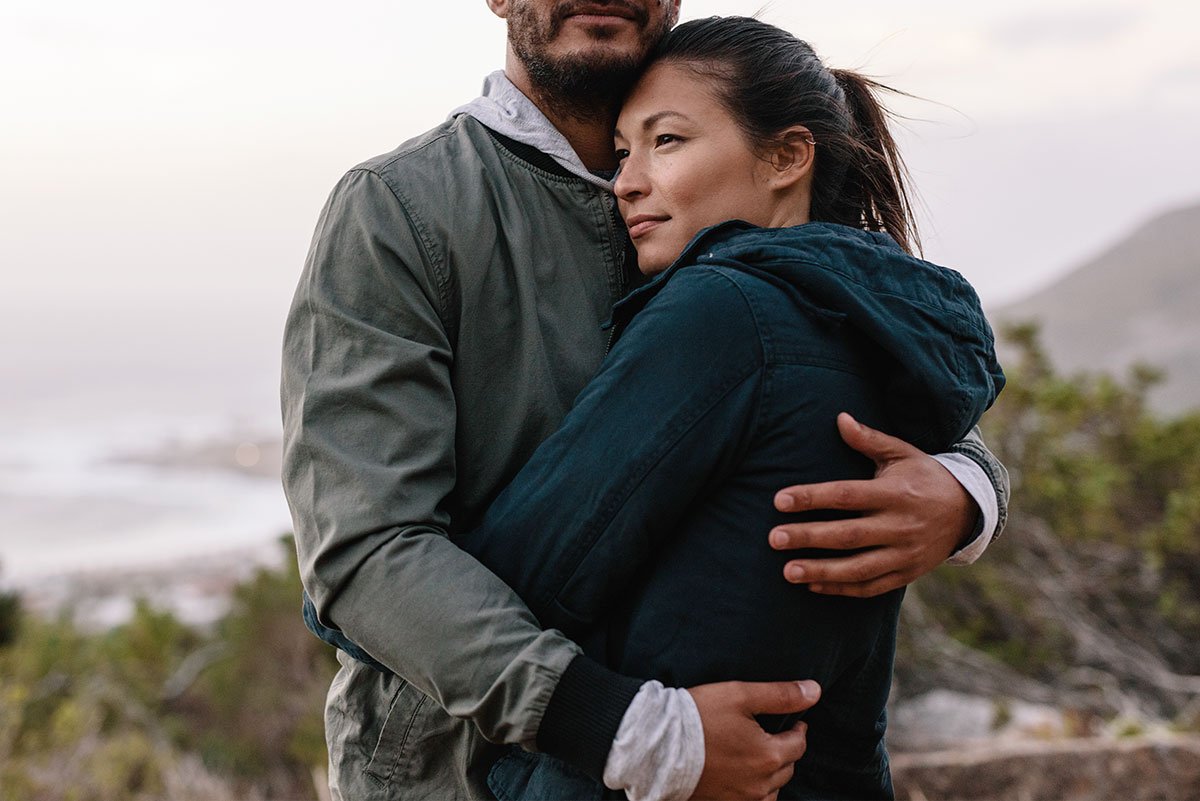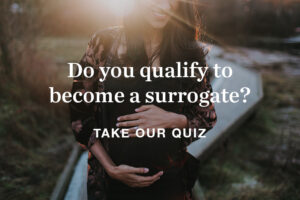- April 3, 2018
Share This

In our experience, the root of all struggle is fear. Relationships become unhealthy when we act from a place of fear, rather than love. More often than not, we aren’t even aware of the fears that have been driving our choices, blocking us from doing what’s best for ourselves, and damaging our relationships. But learning to set healthy boundaries offers a perfect opportunity to strengthen our capacity to love ourselves and release the ego’s fearful perceptions.
Signs That You Need to Set Some Boundaries
When you find yourself having difficulty saying “no” to others, doing things out of feelings of guilt or obligation, attempting to please others even at the expense of what’s best for you, or not expressing your thoughts and feelings when someone upsets you, you are putting yourself last and putting others first—which doesn’t serve any of the parties involved.
If we say “yes” to others asking of our time and energy and we’ve not filled ourselves up first, we are giving from a place of lack—which is a fear-based choice that sours the energy in a relationship and doesn’t serve either party. It also breeds codependency, and prompts us to attract people and situations that drain us because we aren’t honoring our own needs and boundaries.
Many times, this way of being can create anger or resentment in the person who is putting her or his own needs behind others’. This might manifest as complaining, feeling taken advantage of, or feeling powerless. These feelings are messages to us that we’ve chosen to perceive ourselves as the victim of a circumstance rather than stepping up and making choices for ourselves based on love.
The truth is, we’re never a victim of our circumstances. We can choose how we would like to perceive something in any given situation—we can choose to perceive fear or we can choose love. And when we act from a place of love, rather than a place of fear, we experience a radical shift that transforms our struggles and breaks old patterns that are no longer serving us.
How to Act from a Place of Love Instead of Fear
There are three main steps to changing the patterns that keep us in unhealthy relationships: Identifying our fears, choosing to adopt a loving perception of a situation, and taking action from a place of self-love.
Step 1: Identify Your Fears
Awareness is the first step to creating change. The moment we witness our ego’s fearful perceptions and the stories it’s been telling us, we can begin to shift them.
Common fears that show up in the context of boundaries include fear of not being good enough, fear of rejection, or fear of being alone or abandoned. Many times, we adopt these fears as children (or at other points in our lives), and then drag these past experiences into our present and maybe even project them onto the future. This can result in us feeling like we don’t want to upset others or lose their approval or acceptance, and valuing that acceptance over our own needs. Another result of letting these fears run the show is that as a consequence we may have trouble accessing how we want to be feeling and what we want to be doing—which prevents us from standing in our power.
Step 2: Choose Love
After we’ve created awareness around our fears, it’s important to recognize that from a spiritual perspective, the fear isn’t “real”—it’s something we’ve learned through social conditioning, and not something we’re born with. Instead of believing in these fears, we can choose to put our faith in loving perceptions, release our fearful illusions, and begin to experience beautiful changes in our lives.
This is more than a one-time choice; rather, it’s an ongoing, moment-to-moment practice that involves witnessing fearful perceptions as they arise and actively choosing loving perceptions instead. To view the world through a lens of love, I recommend that people begin each day with a powerful intention: “I choose to release my fear and see love instead”. Repeat this intention whenever fearful thoughts arise throughout the day.
Step 3: Act
Every time we choose love over fear, we commit an act of self-love. It is only when we are secure in our own worth that we can give and receive from a place of abundance, thereby creating relationships that serve us.
Saying “no” or speaking our truth when someone upsets us might feel scary at first. But as we begin to act in spite of our fears, we come to understand that when we act from a place of love, everyone wins. Contrary to what we may believe, there is never a situation in which what’s best for us is not best for all. When we face our fears and express our thoughts and feelings openly to the person who upsets us or pushes our boundaries, internal healing occurs. We learn that it is safe to speak our truth and that those who best serve us will listen with love. Best of all, when we show up for ourselves, we provide an opportunity for those around us to show up as well.
Of course, we cannot control how other people respond to our feelings or choices. How others react is their personal spiritual assignment and how we react is ours. As we release our attachment to others’ opinions and practice acceptance around however they choose to respond, we free ourselves from the bondage of fear, knowing that we are self-approved.
Read the Latest
About Us
Canadian Fertility Consulting is Canada’s premier surrogacy agency. Each year, we guide hundreds of parents create or expand their family through surrogacy and egg donation.



